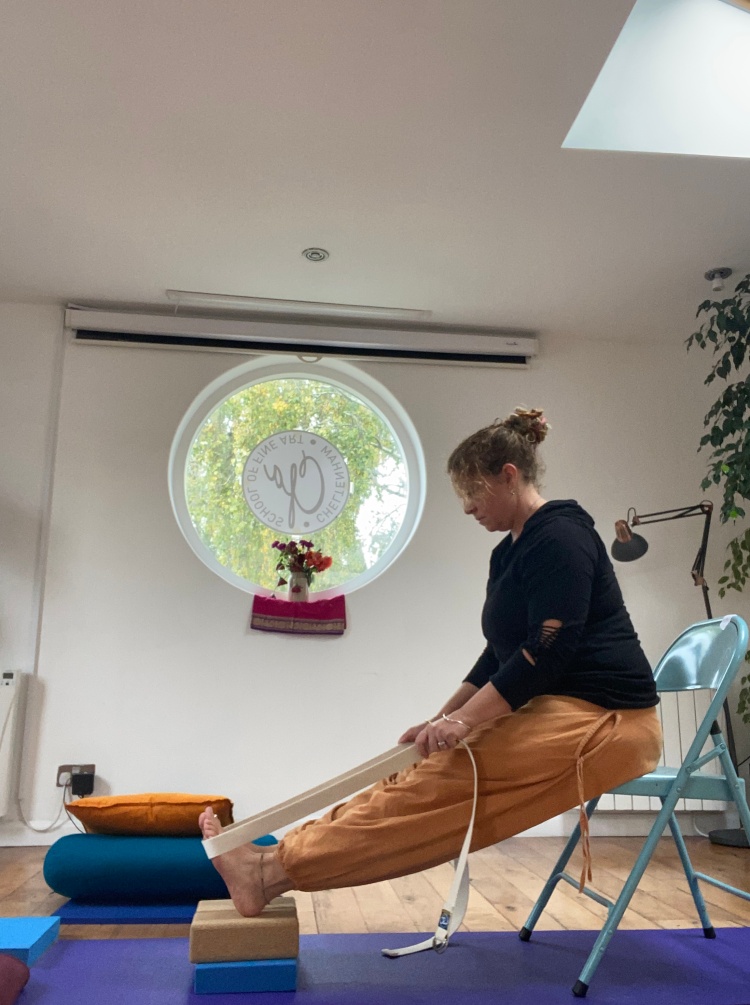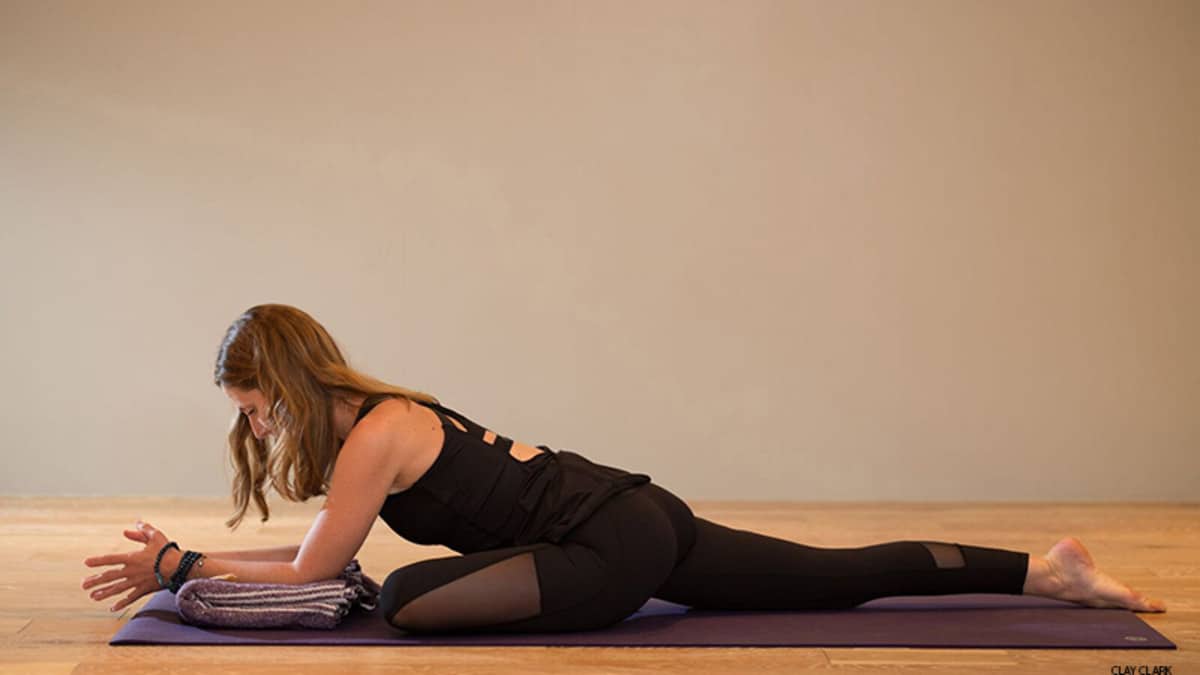1:1 private classes
I offer private yoga in your home (or in a mutually agreed location), tailored to your specific requirements. Whether that’s because you’re working with injury or a health condition, because you want to focus on a particular skill or pose, you prefer to practise alone but want a bit of guidance, or for another reason entirely, private yoga is the perfect solution.
I’ll ask you to fill in a form in advance of the first session, and we’ll chat about that, in order that I can really get an idea of what you’re looking for and your needs.
Sessions will last about an hour and cost £40 in your home (or £140 for four sessions booked together). If I arrange to hire another space we’ll split the cost of wherever it is.
Please contact me on 079 3211 3893 in order to discuss your requirements and to book.
Gentle and beginners’ yoga:
In this class I will offer simple routines with a slower pace, guiding you into the postures and giving you time to find the best position for your body. The movements will build up your strength and flexibility over time, as well as working to improve your proprioception (awareness of the body’s position in space), interoception (bodily and emotional awareness), balance, bone density, and general mental and physical wellbeing. We will use props to help, and sequences will avoid too much up-and-down or use of the wrists. These classes really aim to meet you where you are today.

Music will be played at these classes and there will be a focus on the breath as we learn the art of mindful movement. At the end of the class there will be savasana, which might be a silent relaxation or a guided body scan.
Wear something comfortable that you can move in, and that won’t dig into you. You’ll be bending and stretching, so exercise leggings or tracksuit bottoms are perfect, and a top that won’t fall down over your head if you bend over. It’s low-impact, so a running bra isn’t needed- a soft one that contains but doesn’t constrain is ideal.
Vinyasa Flow:
These more dynamic classes are for people looking for the next stage of their yoga journey, or those who want to build up their fitness and/or flexibility.

The routines will vary from week to week and will build up to a peak pose, offering a challenging sequence designed to build up strength and flexibility, but still with the focus on the breath that allows the element of moving meditation. Props are available to make each pose work for your body on that particular day.
The class will end in savasana, which may be a silent relaxation or a guided body scan. Music will be played in these classes.
Yin and Restorative Yoga:
‘Yin’ is the counter to the ‘yang’ of the strong, dynamic practices outlined above. In a yin class, you will typically hold a pose for between 2 and 5 minutes, working at the edge of your tolerance in order to make change happen with the fascia, ligaments, and tendons- tissues which respond to slow, sustained pressure.

In a restorative practice, props will be used to support the body and allow gravity to do the work- a different way of working which offers different benefits- you feel totally supported in the pose and as the name suggests, restorative yoga aims to leave you feeling nurtured and restored.

While a ‘yang’ practice works the muscles and generates heat, a yin practice will work on the fascia, ligaments, bones, and joints. These more plastic tissues respond well to a gentle pressure applied for longer, rather than the rhythmic, repetitive movements which benefit the elastic tissues of the muscles.
(More information on the science and practice of yin yoga can be found here, and there’s a useful article on the difference between yin and restorative here.)
When you come to a yin or restorative class, it’s a good idea to wear layers of clothes so that you can adjust your temperature to stay comfortable, and bring with you at least one blanket or towel to help with some of the poses, and a blanket to snuggle with.
My yin and restorative classes usually offer a progression from a slightly more active practice to begin with, to a more restorative one, with postures that can be adapted and supported with props to suit your mood. Music accompanies the class, and I will also talk a little about the postures, about yoga philosophy, sometimes sharing a poem or a piece of prose. The talking is important for many people because without the dynamic movement of a yang class, it’s easy for the mind to wander in the silence, and sometimes this isn’t helpful for either the practice, or your mental wellbeing, so I offer a mixture of information and a form of guided thought. Often, we settle in for a Yoga Nidra or a themed guided meditation, to finish the session.

Yoga Nidra
Yoga Nidra means ‘yogic sleep’, and it is a form of deep rest and relaxation, with elements of guided meditation. The aim is to experience the liminal place between sleeping and waking, although it’s not possible to ‘fail’ at yoga nidra, so if you fall asleep completely, or can’t ‘get into it’, that’s ok and a valid experience too. It’s an exploration of different states of consciousness, a practice during which we might find pure consciousness, where the body is deeply relaxed and the mind is awake and aware, but deeply still.
Yoga Nidra can allow the brain to fall into a state of delta brainwaves, which is the state in which healing and regeneration happen. We may also find the alpha/theta brainwave boundary, which combines rational cognition and emotional/dreaming cognition, and this can help with creativity and problem solving.
It can also offer a superb form of stress relief, and all these things together can produce some wonderful benefits including a reversal of the stress response in the brain, increased creativity, problem solving, and improved memory function.


Meditation and Mindful Movement:
This class has a greater focus on meditation, practising different techniques to quiet the mind. We will take some slow, mindful movements, with a focus on moving with the breath, before working with breathing exercises and exploring different types of meditation. We will also look at aspects of Yogic philosophy as part of our exploration of the eight limbs of yoga.
This class is only offered online.